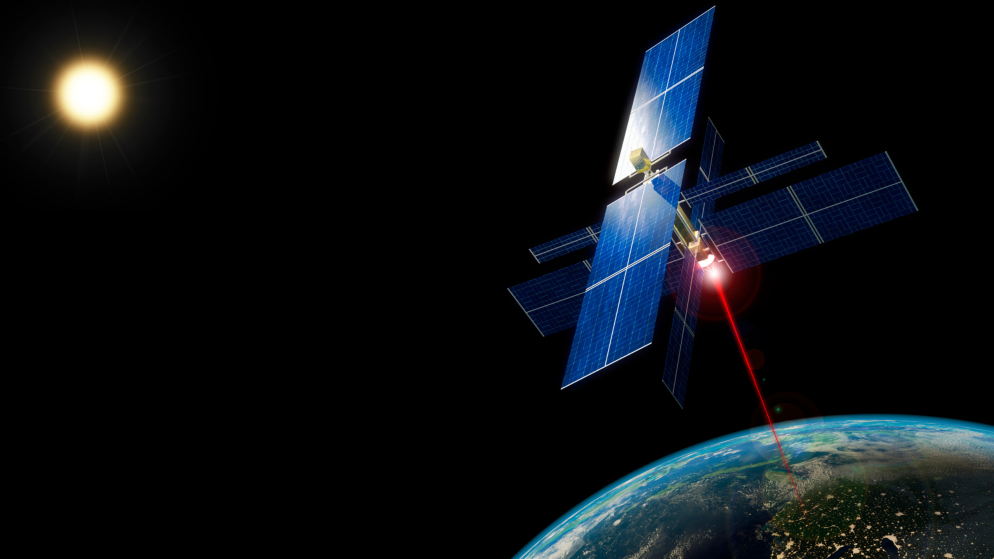Earth received its first beam of energy from an orbiting satellite
- February 19, 2024
- 0
Fixed solar panels are not the only way we can obtain the raw energy of the sun. In a revolutionary experiment last year, researchers from the public and
Fixed solar panels are not the only way we can obtain the raw energy of the sun. In a revolutionary experiment last year, researchers from the public and

Fixed solar panels are not the only way we can obtain the raw energy of the sun. In a revolutionary experiment last year, researchers from the public and private sectors successfully harvested solar energy using an orbiting satellite and then beamed that energy back to Earth. The team later detailed the results of their experiment in a new paper posted to arXiv.
The California Institute of Technology (Caltech) Space Solar Power Project, or SSPP, team is behind the success. Last year, SSPP, in collaboration with Indie Semiconductor, Inc., NASA’s Jet Propulsion Laboratory (JPL), Amazon Web Services, and Caltech startup GuRu Wireless, developed a prototype called the Space Solar Power Demonstrator (SSPD-1). This prototype will later be responsible for three experimental technologies, one of which is space solar energy.
We already use sunlight and solar panels to generate electricity on Earth, but even our most advanced methods have drawbacks. A cloudy, rainy day can reduce a solar panel’s output by up to 25%, and for obvious reasons, fixed panels cannot produce electricity at night. But orbital solar cells they can They can work at night if they turn to stay in contact with the sun’s rays. Scientists just need to find a way to reliably transfer the collected energy to Earth, where it can be used to power homes, businesses, public utilities and more.

This is the idea behind MAPLE, the low-orbit microwave array energy transfer experiment that is one of SSPD-1’s three core technologies. Built on a 6U CubeSat chassis, MAPLE harnesses solar energy collected by SSPD-1 solar cells and converts it into radio frequency (RF) energy using rectifier antenna arrays. A pair of custom 16-channel silicon radio-frequency integrated circuits (RFICs) synthesize a beam of radio-frequency power that can then be transmitted to Earth. A tracking device is installed on the roof of Caltech’s Moore Laboratory that “tracks” MAPLE’s location, and a radio frequency receiver picks up the incoming energy and converts it into direct current (DC) energy.
On January 3, 2023, SSPP launched SPPD-1 into low Earth orbit (LEO) using a SpaceX Falcon 9 rocket. Exactly two months later, SSPP began experiments using MAPLE to power Caltech. Although in the previous documents SSPP, which is currently awaiting peer review, says the trial was successful for 10 months, with some reduction in potency at the end of each trial.
SSPP hopes to eventually create a constellation of SPPD-1 type satellites that could transmit enough electricity to power 10,000 homes. There’s no denying that they have a long way to go: While MAPLE was able to capture between 175 and 251 mW of power simultaneously in space, only 1 mW reached the Cal Institute of Technology ground station. With all this said, the purpose of the SSPP experiment is not to supplement our power system in the near future, but to prove the feasibility of obtaining solar energy in space.
Source: Port Altele
As an experienced journalist and author, Mary has been reporting on the latest news and trends for over 5 years. With a passion for uncovering the stories behind the headlines, Mary has earned a reputation as a trusted voice in the world of journalism. Her writing style is insightful, engaging and thought-provoking, as she takes a deep dive into the most pressing issues of our time.